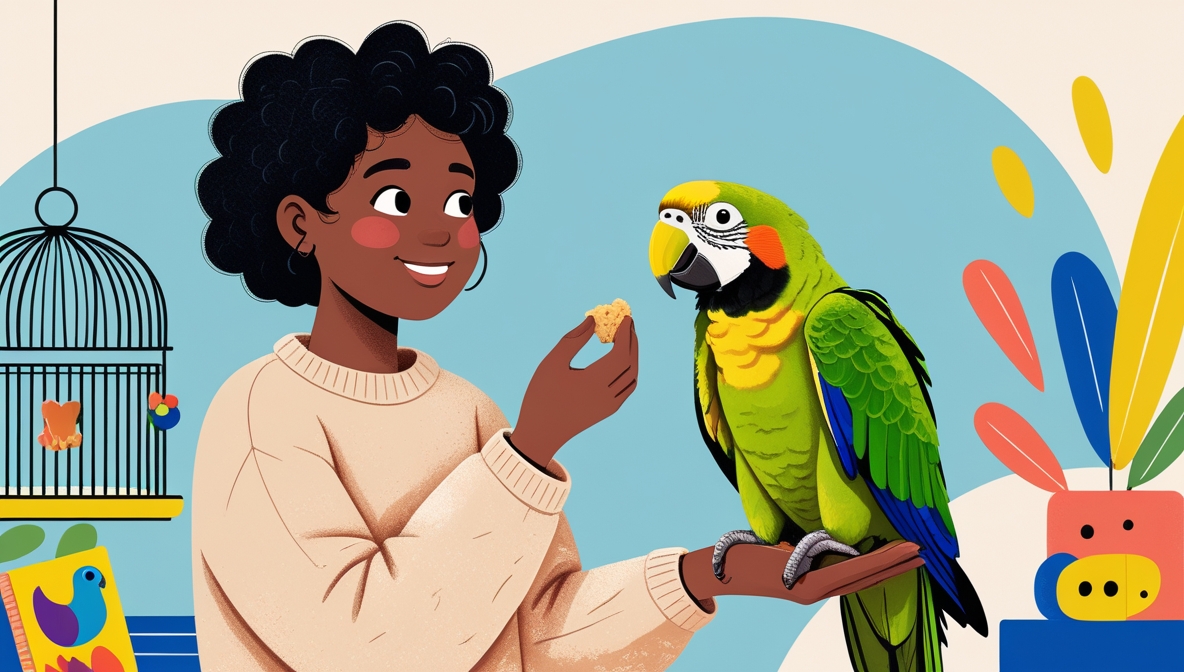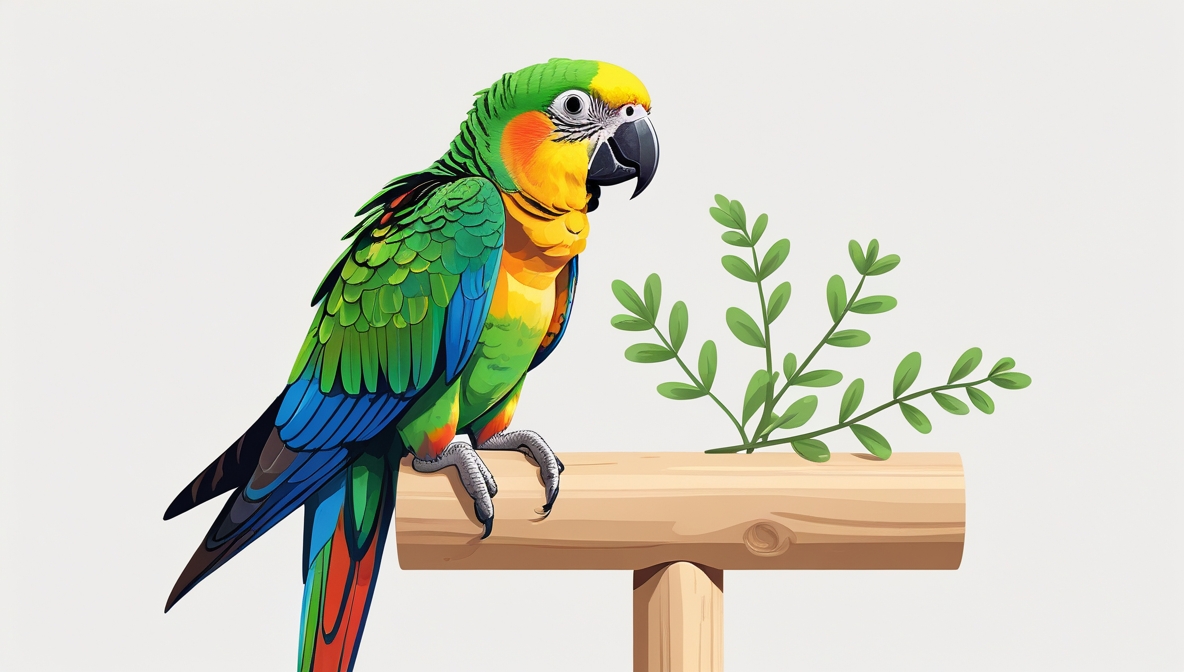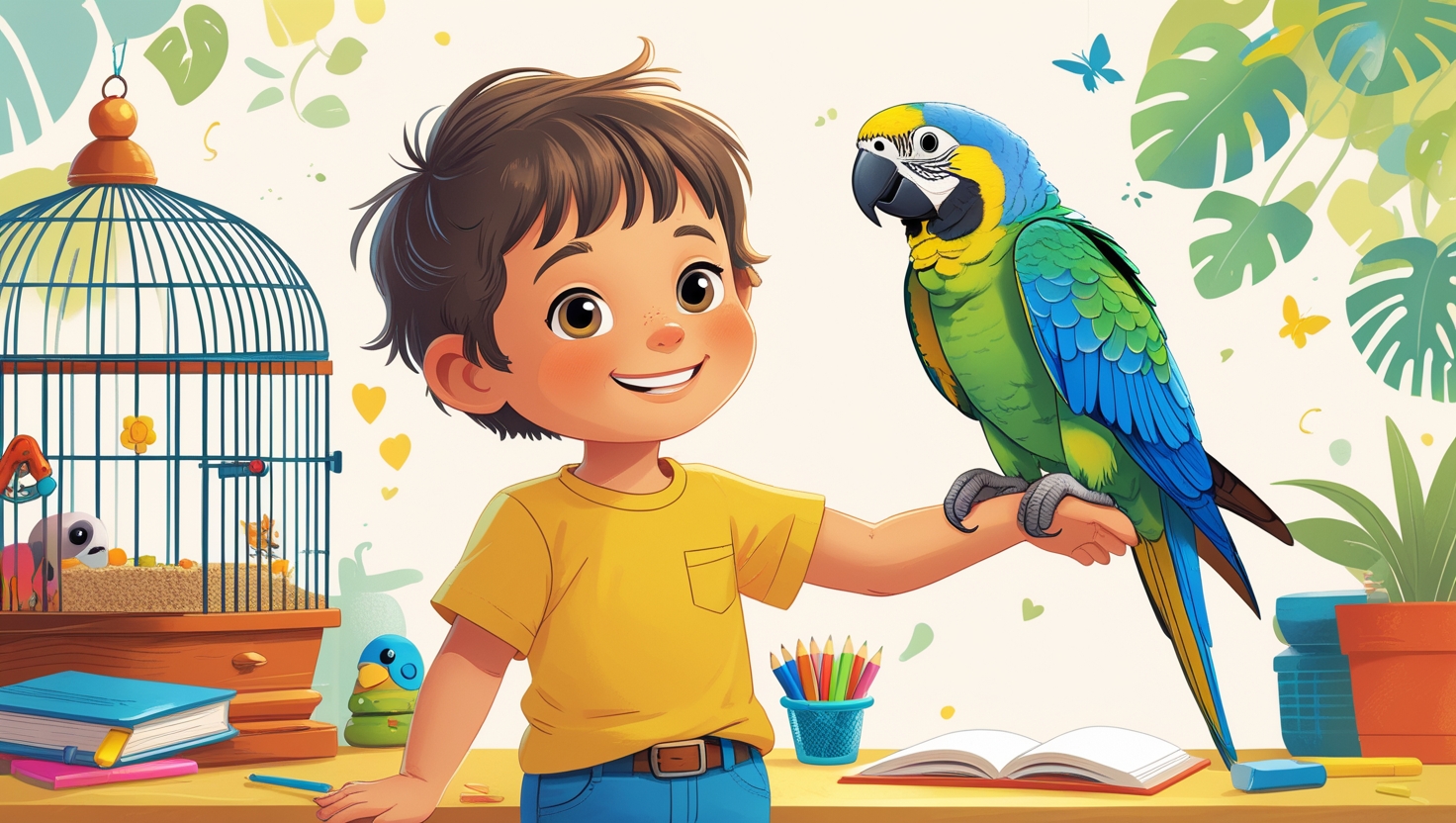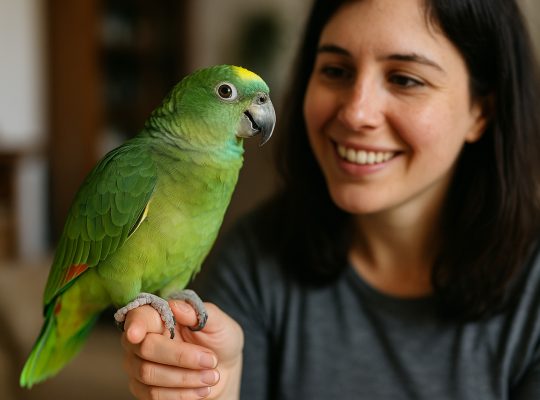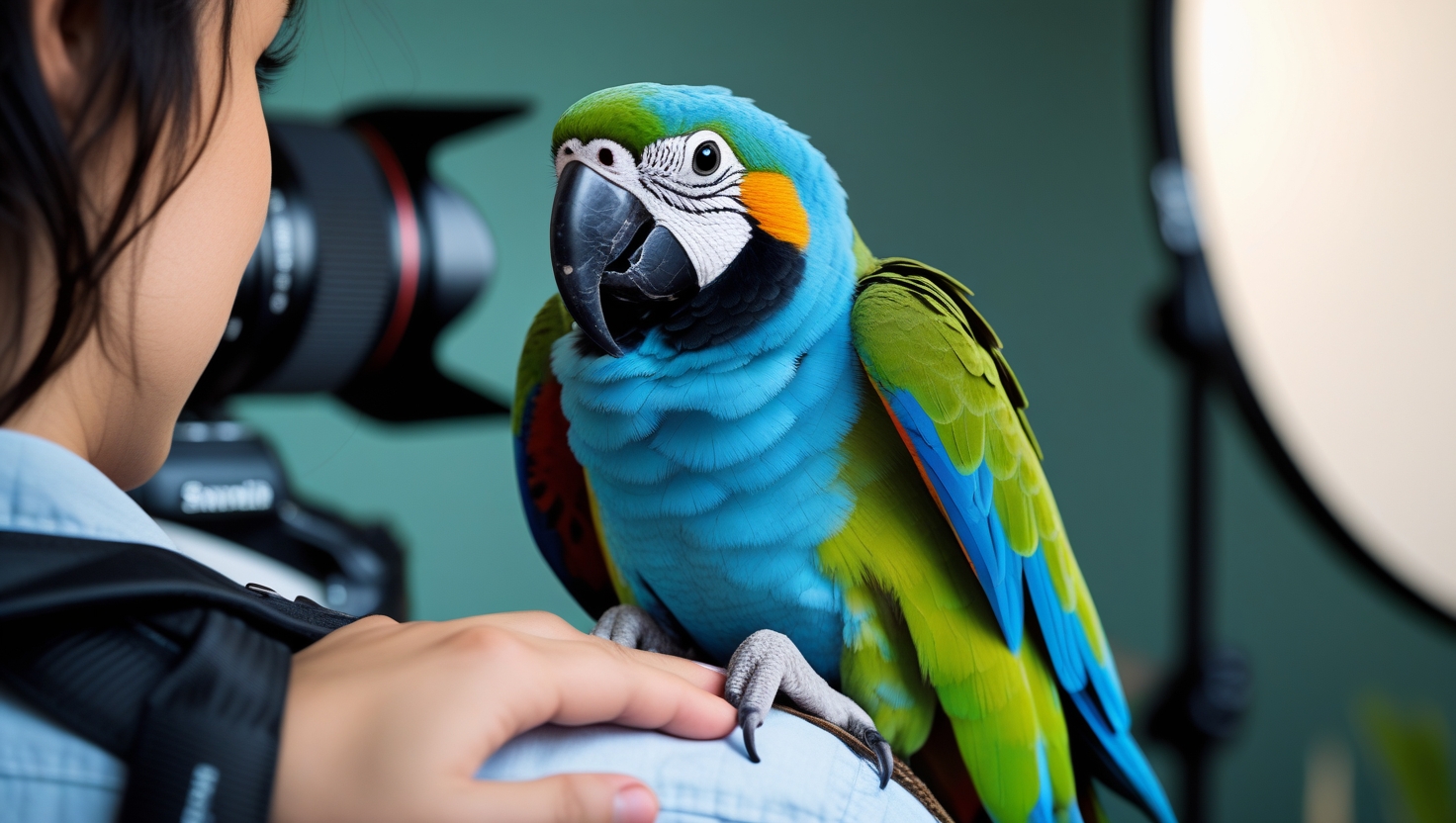Bringing a new parrot home is exciting, but it requires careful planning to ensure a smooth transition. Parrots are intelligent and sensitive creatures, and sudden changes can lead to stress or behavioral issues. A structured approach will help your bird adjust comfortably while building trust from day one.
Preparing the Environment
Before your parrot arrives, set up a space that meets its needs. A well-prepared environment minimizes stress and encourages a positive adjustment period.
- Choose the Right Cage – Select a spacious cage with horizontal bars for climbing. Ensure it has safe perches, food and water bowls, and enough room for movement.
- Find the Ideal Location – Place the cage in a quiet area where the bird can observe household activity without being overwhelmed by noise or sudden movements.
- Remove Potential Hazards – Keep toxic plants, open water sources, electrical wires, and other dangers out of reach.
- Maintain Proper Lighting and Temperature – Parrots thrive with natural light and a stable room temperature. Avoid direct sunlight and drafts.
- Stock Up on Supplies – Have appropriate food, treats, toys, and enrichment items ready before bringing the bird home.
Bringing Your Parrot Home
Transporting a parrot requires patience and care. Minimize stress by following these steps:
- Use a Secure Travel Carrier – A well-ventilated and sturdy carrier will keep the parrot safe during transport.
- Keep the Ride Calm and Quiet – Avoid loud music and sudden movements. Speak softly if needed to reassure the bird.
- Place the Carrier Near the Cage – Allow the parrot to observe its new surroundings before transitioning to the cage.
- Let the Parrot Enter the Cage on Its Own – Open the carrier door and allow the bird to step out when ready rather than forcing it.
The First Few Days: Establishing Comfort
Adjustment takes time. Give your parrot space while ensuring it feels safe.
- Minimize Handling – Avoid excessive interaction in the first few days. Let the bird observe and settle.
- Speak in a Soft, Reassuring Tone – Your voice will become familiar and comforting over time.
- Observe from a Distance – Watch for signs of stress, such as feather fluffing, excessive vocalization, or lack of appetite.
- Maintain a Consistent Routine – Feed the bird at the same times daily and establish a regular schedule for cleaning and interaction.
Building Trust Through Interaction
Once your parrot starts to feel comfortable, begin bonding activities.
- Move at the Bird’s Pace – Allow the parrot to dictate when it feels ready to interact.
- Offer Treats from Your Hand – Encourage positive associations by rewarding curiosity and calm behavior.
- Talk and Sing to the Parrot – Engaging with your voice fosters familiarity.
- Avoid Sudden Movements – Slow, predictable actions build confidence and reduce fear.
- Let the Parrot Come to You – Encourage trust by allowing the bird to approach on its terms.
Introducing Other Pets
If you have other pets, introduce them cautiously.
- Keep the Parrot in Its Cage Initially – Let other pets observe from a safe distance.
- Monitor Reactions Closely – Look for signs of stress or aggression in both the parrot and other pets.
- Never Force an Introduction – Some animals may never be comfortable together, and that’s okay.
- Supervise All Interactions – Even if they seem to get along, always keep an eye on interactions to prevent accidents.
Preventing Common Issues
New parrots may exhibit behaviors that require attention and patience.
- Refusal to Eat – Offer a variety of foods and place bowls at different cage levels.
- Excessive Screaming – Parrots vocalize naturally, but if it becomes excessive, assess potential triggers like boredom or fear.
- Feather Plucking – This may indicate stress, poor diet, or lack of stimulation. Provide toys, foraging opportunities, and a balanced diet.
- Biting – Avoid punishment. Instead, reinforce positive behavior and identify stressors that may lead to aggression.
Encouraging Mental and Physical Stimulation
A stimulated parrot is a happy parrot. Prevent boredom with engaging activities.
- Rotate Toys Regularly – Change out toys every few days to maintain interest.
- Provide Foraging Opportunities – Hide treats in paper rolls or puzzle feeders.
- Encourage Flight and Exercise – If safe, allow the bird supervised out-of-cage time.
- Teach Simple Tricks – Training sessions build confidence and strengthen your bond.
Final Thoughts
Introducing a new parrot to your home takes patience, consistency, and a deep understanding of their needs. A slow and steady approach creates a trusting bond, ensuring a long and happy relationship between you and your feathered companion.
